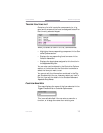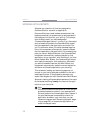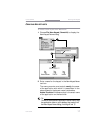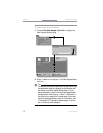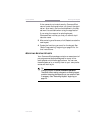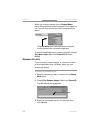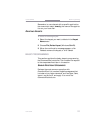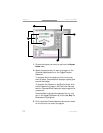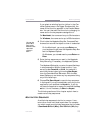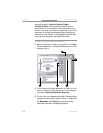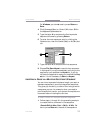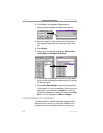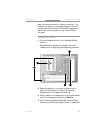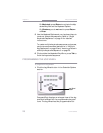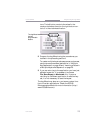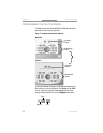
CommandPost Basic Programming
User Guide
23
If you select an existing function (either in the Con-
troller Options area or the Trigger/Functions List), the
name of that function appears in the Function Name
box. You can then edit that function by changing its
name and/or the key sequence assigned to it.
On Macintosh, the name can be up to 32 characters.
On Windows, the name can be up to 255 characters.
4. Click inside the Keystroke Entry Box. CommandPost
draws a box around the object to show it is selected.
On the Macintosh, you must press Return on
your keyboard to activate the Keystroke Entry Box
and the Keyboard Options.
On Windows, you do not need to press Return or
Enter.
5. Enter the key sequence you want in the Keystroke
Entry Box using, if necessary, the Keyboard Options.
The Keyboard Options let you enter the specified keys
in a key sequence. Without these buttons, if you
were to press Cmmd+N or Alt+N, for example, it
would be the equivalent of choosing New Keyset
from the CommandPost File menu. With the Key-
board Options you can enter any key sequence using
any of the listed keys.
6. Choose File|Save Keyset to save the key sequence
in the keyset if you are immediately returning to the
application you modified the Keyset for. If you do
not have the application open you modified the Key-
set for, it is not necessary to Save the Keyset.
The following sections of this chapter explain how to
create various key sequences.
M
ULTIPLE
K
EY
S
EQUENCES
A multiple key sequence is similar to a macro. It con-
tains two or more individual keystrokes. For example,
you might create a multiple key sequence that includes
a Command+Shift+A (Mac), Cntrl+Shift+A (Win) key-
You can also
press Tab to
move to the
different boxes
rather than
clicking in
them.



